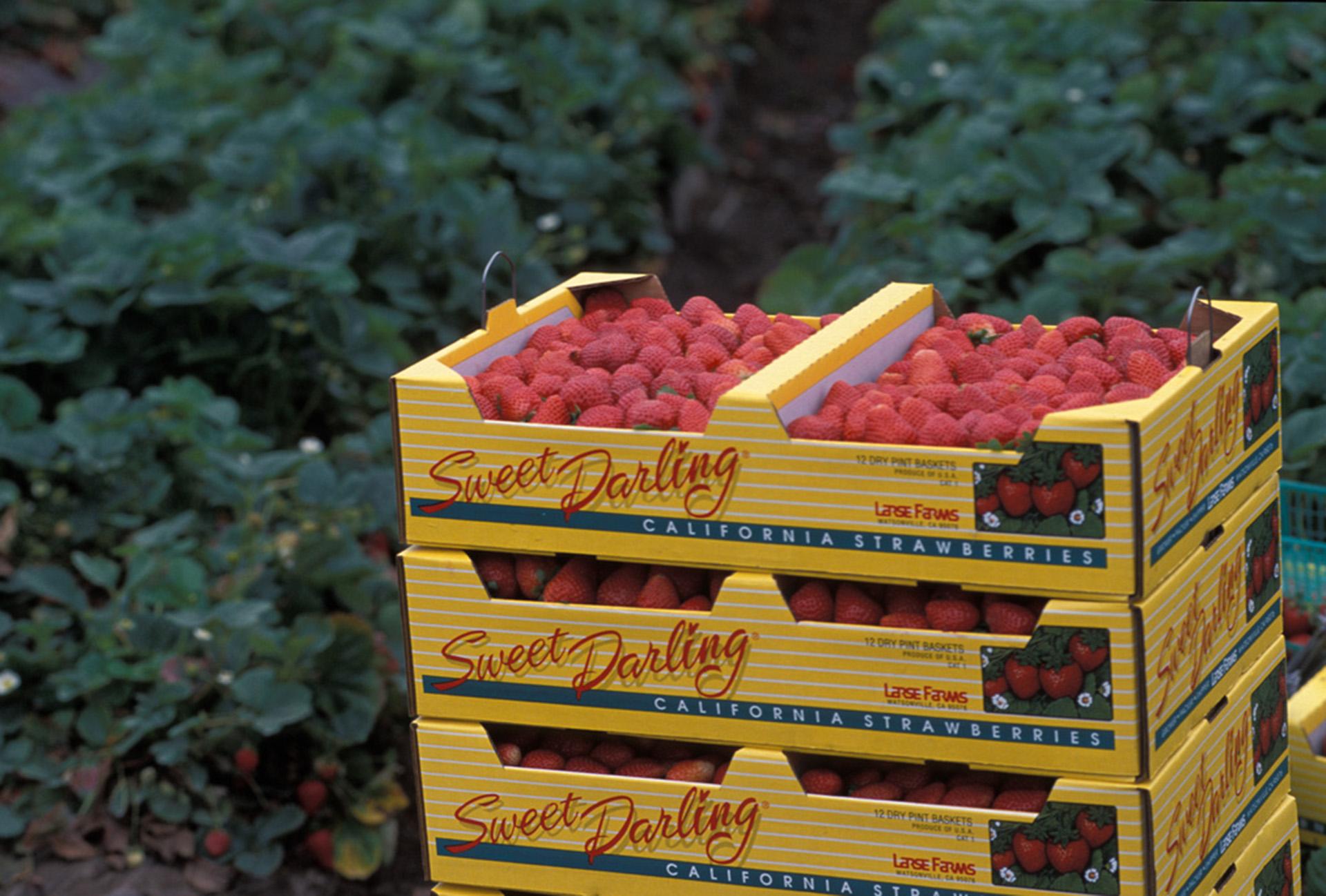Selling in quantity to a buyer who then resells the product. Most agricultural products in the US are sold through wholesale channels. Small farmers may sell wholesale directly to local grocery stores, natural food stores, food service establishments, and food buying co-ops or to buyers who then serve as the middle man in the marketing chain.

Explore Resources on Wholesale
Publications
- A Marketing Decision Tool and Guide for Grass-fed Beef (EB 374)
This resource guide will assist grass-fed beef producers to formulate profitable marketing strategies. It is a decision tool to assist individual producers in making marketing decisions about what to produce; where/how/in what venue(s) outlets to market their product; and practical risk management strategies.
- Meat Marketing Planner: Strategic Marketing for Farm-to-Table Meat Enterprises (EB 403)
This Extension Bulletin EB 403 addresses marketing beef, pork, lamb, and goat, but not poultry since poultry processing falls under differing USDA, FSIS, and state regulations. While many of the key strategies discussed here can be applied to the sale of any farm products direct to consumers, this publication focuses on marketing farm-raised meats. (2013)
- Selling Shell Eggs to Retailers, Wholesalers, and Food Service Facilities in Maryland (FS 1068)
This publication provides introductory information and resources that can help Maryland’s egg producers improve their sales of shell eggs into retail channels. Because there are continual changes and updates at both the state and federal levels, please check for the most current edition of any regulations cited in this publication.(2017)
Websites
- USDA Market News
Agricultural Marketing Service
United States Department of Agriculture
Market news reports by program:
Explore Resources from Market Outlet and Tools
Agritourism
Alternative Sources of Payment
Choosing Distribution Methods
Community Supported Agriculture (CSA)
Direct Marketing
Internet Sales
Marketing to Restaurants and Food Retailers
Maryland Niche Meats & Poultry Working Group
Maryland Niche Meats and Poultry Producers Online Directory
Selling a Service
Translate Trends into Profits
When Advertising is a Waste of Resources